

For some of the Meat Club meat projects, you're going to need some ingredients that are hard to find, or you've simply never heard of before. Here are descriptions of some of those ingredients to help get you started.
In the chile pepper descriptions below, we make sure to reference the Scoville units measurement for that chile. What are Scoville units? They’re the heat measurement for chile pepper badassedry.
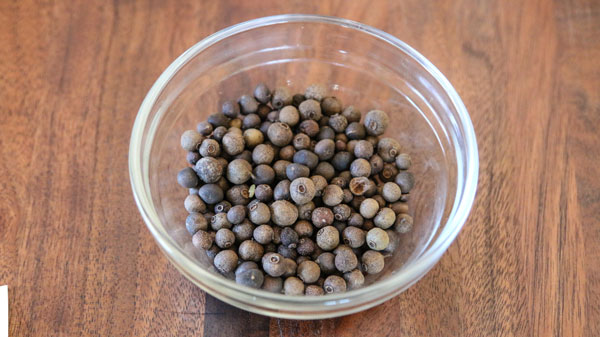
Allspice is the unripe berry of the evergreen pimento tree. The dry, hardened berry resembles a seed, and its name comes from the fact that the flavor and aroma are reminiscent of cinnamon, nutmeg, and cloves combined. Allspice can be found in the spice section at most grocery stores, as well as Mexican markets and specialty spice stores.
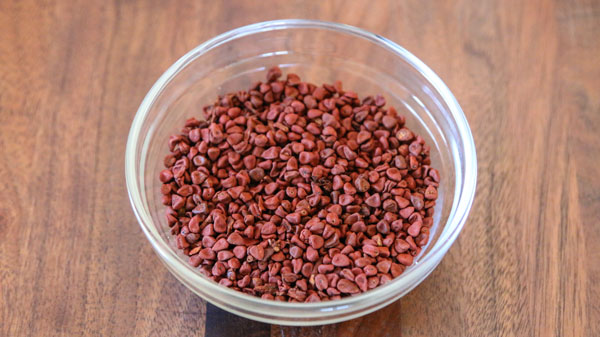
Annatto seeds are a Mexican and Latin American spice that look like and feel like tiny rocks. They're the color of an Indian red crayon, and are used to impart a red tint to meat dishes, and add pepper and fruit zest aromas. You may see these labeled as either achiote or achuete. Annatto seeds can be found in Mexican markets and specialty spice stores.

Casing is the intestine of a pig or sheep that is used to house ground meat in order to make sausage.
Sheep casing is natural casing derived from sheep intestine, and can vary is size and storage capacity. It is smaller than hog casing, ranging from ½- to 1 inch in diameter. Sheep casing is used to encase Hot Dogs and Merguez sausages.
Hog casing is derived from the small intestine of the pig. It is used to stuff the meat and hold the meat for sausages such as Italian Sausage and Bratwurst. It is approximately 1 ¼ inches in diameter, and is used for most pork-based sausages.
You can purchase hog casing from your local butcher, but seldom does your local butcher carry sheep casing. You can also order hog and sheep casing online.
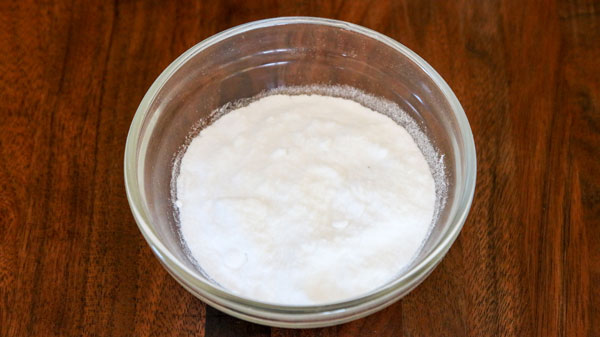
Commonly referred to as glucose, dextrose is a synthetic sugar that is derived corn and refined. It is fine grained and dissolves easier than the standard granulated sugar. Dextrose can be purchased at a homebrewing equipment store, a specialty spice store, or from Amazon.com or Butcher-Packer.com.
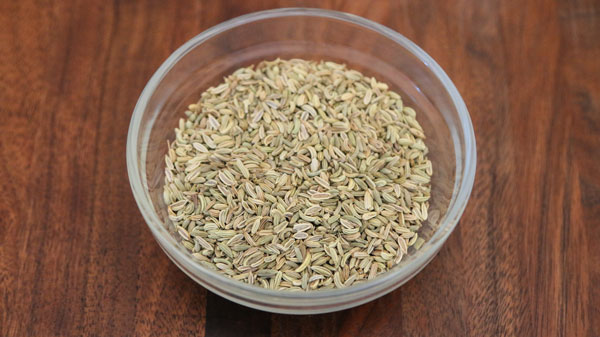
Seeds produced by the fennel plant, which are used in Italian, Greek, and Middle Eastern cuisines, and are the primary flavor component of Italian Sausage. Fennel seeds can be found in the produce section of any grocery store.
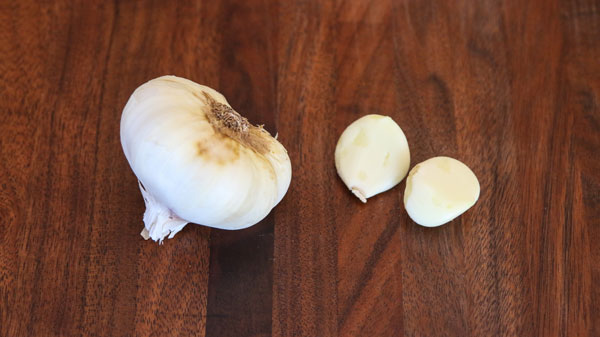
Garlic is a spicy vegetable that is used by harvesting the bulbs of the plant. It is a spicy plant, similar to its relatives - onions, shallots, and chives. Garlic is sometimes measured in heads, which means to use the whole garlic bulb, or cloves, which refers to the fleshy sections that are easily detached from the whole garlic bulb. Garlic can be found in the produce section at any grocery store.

A rhizome that features zesty, spicy, medicinal flavors, and is featured in most Asian and Pacific Island cuisines. It is used by peeling away the brown skin from the exterior part of the rhizome, and then minced or grated before use in order to make it ready for consumption. Ginger can be found in the produce section at most grocery stores, or at any Asian market.
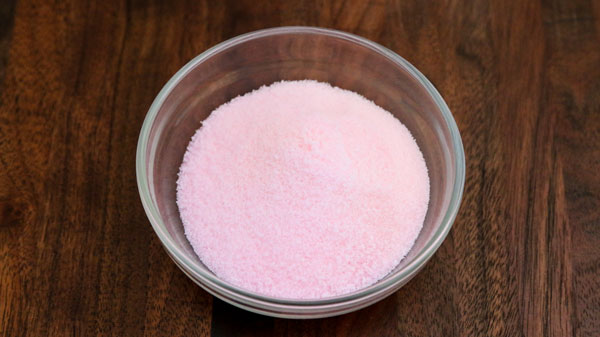
This curing salt is composed of 93.75% table salt and 6.25% sodium nitrite and goes by many names:
• Pink curing salt
• Instacure #1
• TCM - Tinted Cure Mix
• Prague Powder I
This curing salt mixture is pink in color, which is caused by the addition of the food dye FD&C Red #3, which is used to help prevent confusion between this salt and regular table salt. It will imbue most meats with a rich, pink color, and will help to prevent bacteria such as Clostridium botulinum, the bacteria that causes botulism, from growing on the meat. You will need to use Instacure #1 in all of the recipes that require smoking.
This is strong stuff - make sure you wear food preparation gloves when you handle it. You can buy this from your butcher, or you can order it online from Butcher-Packer and Amazon.com.
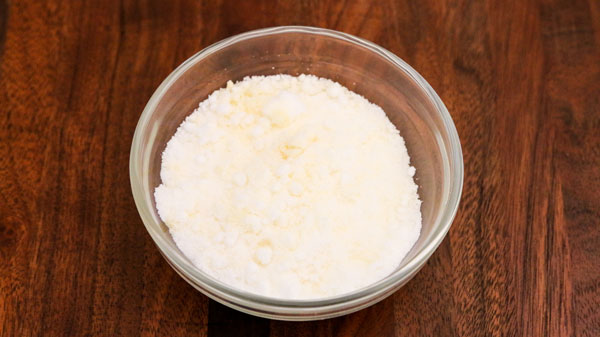
Instacure #2 is a curing salt comprised of roughly (depending on the brand you purchase) 94% salt, 5% sodium nitrate and 1% sodium nitrite. It is also known as Prague Powder II.
It is used specifically for making dry cured products such as hard salami, pepperoni, and prosciutto. It works well with meats that are aged a long time, because the sodium nitrate will break down over time and convert to sodium nitrite, then nitric oxide to cure the meat.
This is strong stuff - make sure you wear food preparation gloves when you handle it. You can buy Instacure #2 from your butcher, or you can order it online from Butcher-Packer or Amazon.com.

Kosher salt is comprised of sodium chloride, and is a variety of edible salt that has a much larger grain size than table salt. It does not contain standard table salt additives such as iodine. Different brands can have grains that vary as much as 30% in size, which means there could be slight discrepancies when measuring by volume instead of weight. All of the Meat Club recipes are based on Diamond Crystal kosher salt, so be aware of that if you're using a different salt. Kosher salt can be found in either the spices, or the ethnic or Jewish section of most grocery stores.
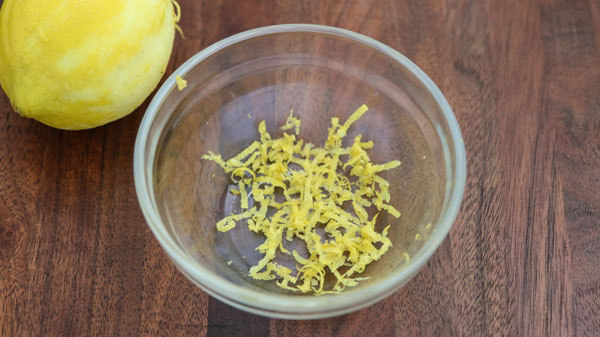
Zest is created when you scrape or peel the outer skin off of the lemon. By adding zest instead of juice, you'll add the aroma of the lemon without adding the citric acid contained in the lemon juice, which we do a few of our Meat Club sausages to help instill a balance between the taste sensations of bitter, sweet, salty, sour and umami. Visit your local organic grocery store and ask for unwaxed lemons.
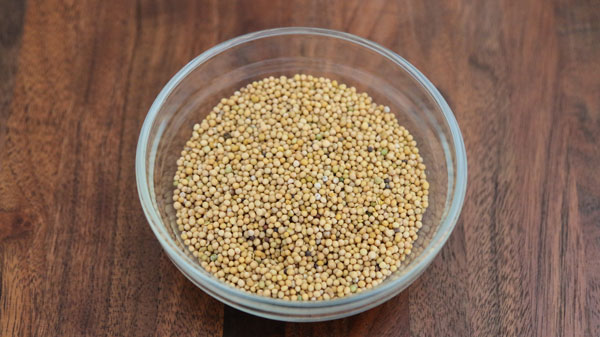
The small round seeds from the Mustard plant are used to add a sharp, hot, pungent flavor to dishes. They can also be ground and mixed with vinegar, lemon juice, or other liquids to create the mustard condiment. Mustard seed can be found in the spices section of any grocery store.
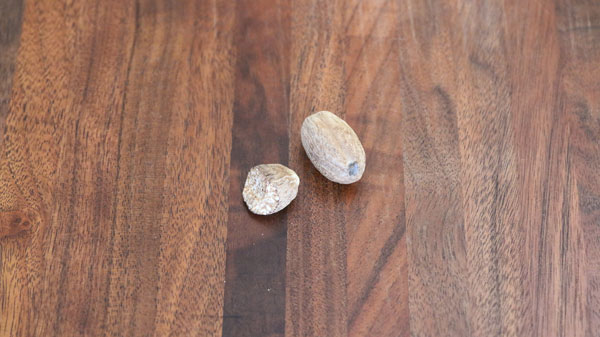
Nutmeg is a small seed produced by evergreen trees that are indigenous to Indonesia, and is about the size of a robin's egg. It creates a fragrant, spicy yet sweet aroma when it is ground or grated. Nutmeg can be purchased in the spice section of any grocery store, or in any specialty spice store.

A ground spice made from dried bell and chili peppers, paprika can be purchased with sweet, hot, or smoked flavor profiles. If the paprika isn't labeled as any of those, it's generally sweet paprika. It is featured in many cuisines, but is perhaps most notable in Hungarian and Spanish dishes. The recipes in this book will all work with sweet paprika. But if you're a paprika fiend, buy all the kinds and experiment! Paprika can be found in the spice section of any grocery store.
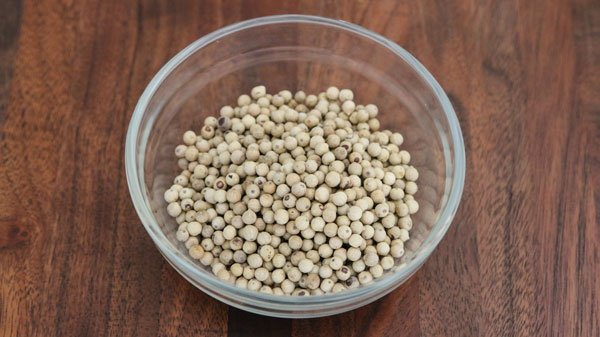
White peppercorns are produced from the same fruit as the black peppercorn, except the darker colored skin of the pepper fruit is removed first. Removing the skin provides a noticeable difference in flavor and aroma - white pepper is typically lighter, earthier and less spicy than black pepper.